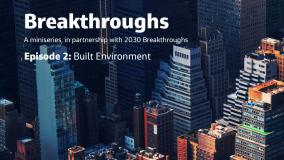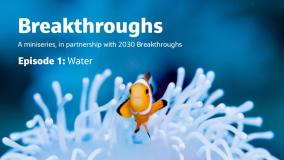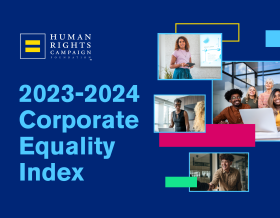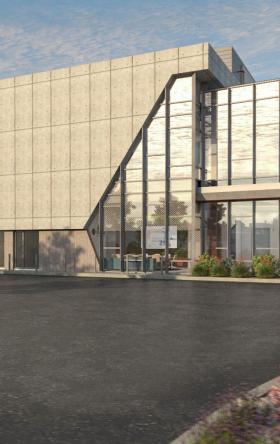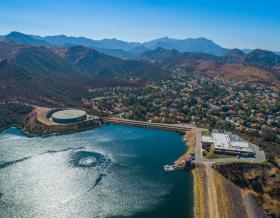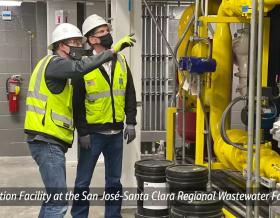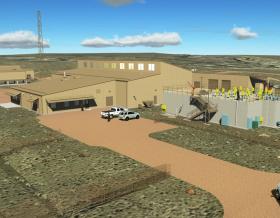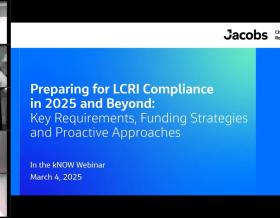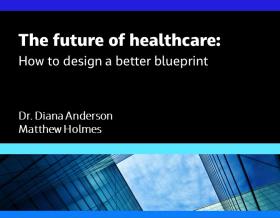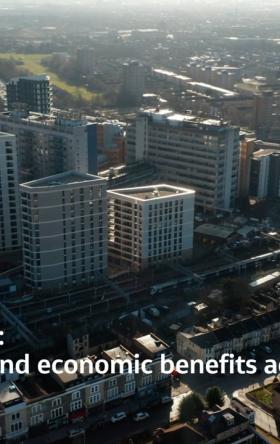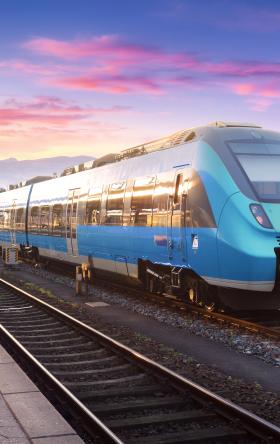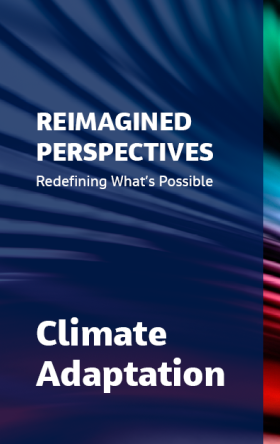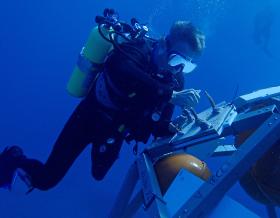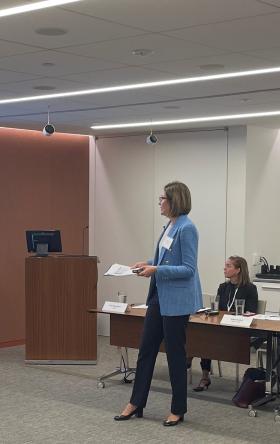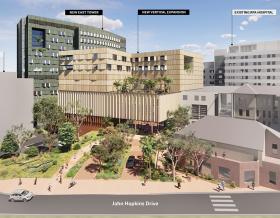Show Me the Money: Accessing Funding through Federal Programs
In this “In the kNOW” webinar, we will describe the primary programs that will be used to distribute the Federal stimulus dollars to water sector projects; how to access those funds; and the key attributes of projects that are successful in securing Federal funding support. We will also share the benefits you can achieve by taking advantage of these new programs, along with information about important previously existing Federal funding sources, such as the low-interest loans with flexible financing provided through the Water Infrastructure Finance and Innovation Act (WIFIA) program, now in its fifth year. You will hear insights and successful case examples from Jacobs staff who have helped clients secure Federal and State financing for billions of dollars in water infrastructure capital projects, and from one of the senior underwriters in EPA’s WIFIA loan program.
View more
Leveraging Collaborative Delivery Models to Maximize Infrastructure Bill Funding
The Infrastructure Investment & Jobs Act contains $55 billion in infrastructure spending spread over five years for water, wastewater and stormwater funding programs. Owners need to move quickly in order to secure these funds. One way to do that is to consider alternatives to the traditional design-bid-build delivery approach. This “In the kNOW” webinar will describe the range of collaborative delivery models available and highlight how each can reduce project timelines and improve project outcomes. Collaborative delivery is the fastest growing form of project delivery in the water industry – for a reason. These approaches take various forms, but each involve close collaboration among all stakeholders—owners, designers, constructors, operators, technology providers, and equipment suppliers—through all stages of a project.
View more
Green Infrastructure for Healthy Communities
Utilities and municipalities are challenged to go beyond traditional levels of service to deliver solutions that mitigate climate impacts, improve infrastructure and address broader community needs. Due to its cross-cutting benefits as a strategy, communities are increasing prioritization and investments in green infrastructure to manage stormwater objectives while enhancing community health, improving overall infrastructure, and providing opportunities, especially for disadvantaged populations. Additionally, as a nature-based solution, green infrastructure provides a resilient solution set to mitigate and address the impacts of climate change. This webinar will provide motivation and drivers for green infrastructure, case studies and concepts exploring policy and equity for green infrastructure from stormwater parks to healthy streets to a wide variety of community amenities.
View more
Episode II: Built Environment
We’ll showcase unique built environment net-zero projects from around the world. While each project has its own strategies, complexities, and opportunities, they all also have commonalities - vision, passion, and relentless drive to achieve net-zero outcomes. Top-down leadership and an engaged team are crucial to delivering on the long-term vision. We should feel encouraged by the leadership and actions we are seeing across the world.
View more
Identifying Smarter Solutions to Infrastructure Challenges Using Optimization
Infrastructure projects are becoming more challenging as we address aging infrastructure, capacity issues, climate change, population growth and conflicts with other existing infrastructure. Optimization technology employs sophisticated algorithms, enhanced computation and automation to assist water utilities in finding solutions to these complex infrastructure problems that maximize benefits and minimize costs. In this webinar, we will present examples from Anglian Water’s Strategic Pipeline Alliance, a CSO Long-Term Control Plan and others with our partner Optimatics.
View more
Many Approaches to One Water: Implementing Integrated Water Management Regionally
Within watersheds and across community boundaries, utilities are tackling complex challenges in sustainably, equitably, and safely managing water. Addressing these challenges requires integrated, collaborative solutions that are specific to the regional watershed, beneficial to local communities, and rooted in the context of the global water cycle. Integrated or One Water approaches are not a one size fits all. In this webinar we will learn how two utilities – the Northeast Ohio Regional Sewer District and Las Virgenes Municipal Water District – are addressing very different water quality and water quantity challenges.
View more
Leveraging Water Infrastructure Projects as a Catalyst for Urban Revitalization
Cities are archetypal ‘systems of systems’ – everything connects to and impacts everything else. Elements of cities – infrastructure, services, open spaces, community activities, and more – cannot and should not be addressed in isolation. Historically, this mono-dimensional approach has been commonplace. Recognizing, devising, instituting, and operationalizing a comprehensive, integrated systems-based approach to strategy, planning, design, and development of water infrastructure is essential to the future of cities; and cities are fundamental to the global attempts to properly manage the water cycle and address climate change and social inequities. In this “In the kNOW” webinar, we will explore the role of water infrastructure projects as catalysts for urban revitalization, presenting a case for this transformative approach and sharing actual examples to highlight its successes to date, while defining remaining challenges.
View more



